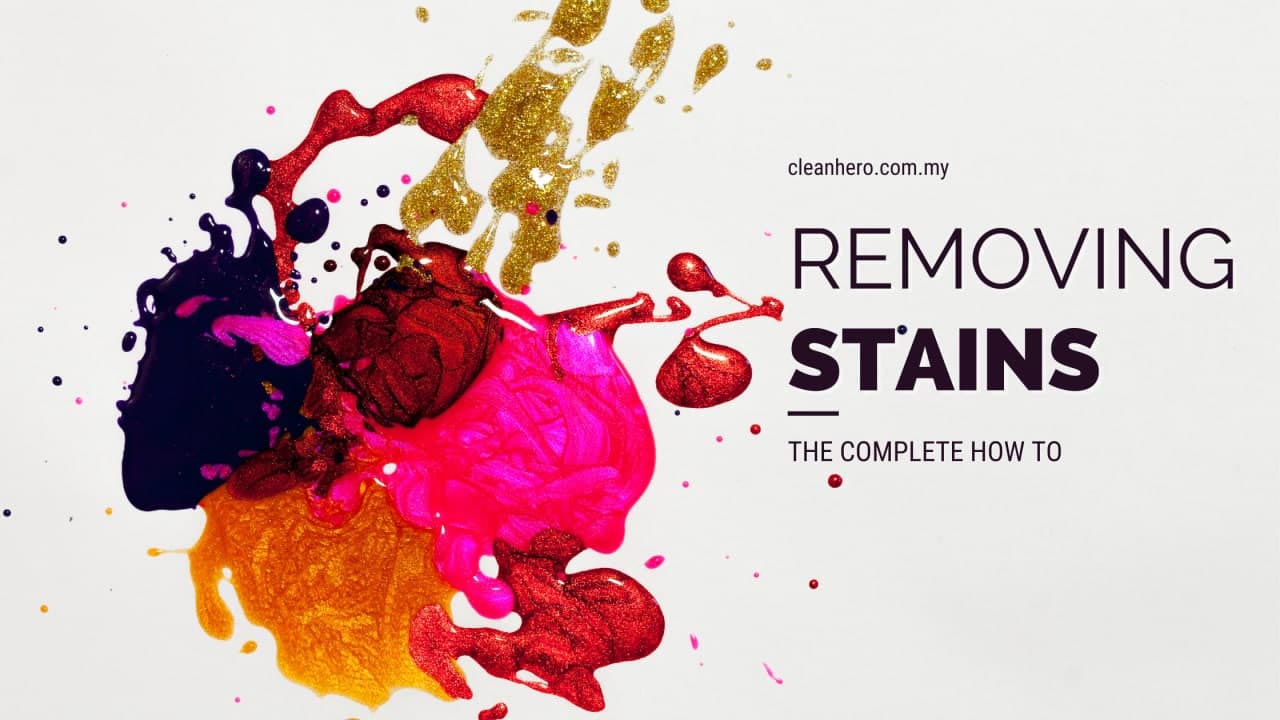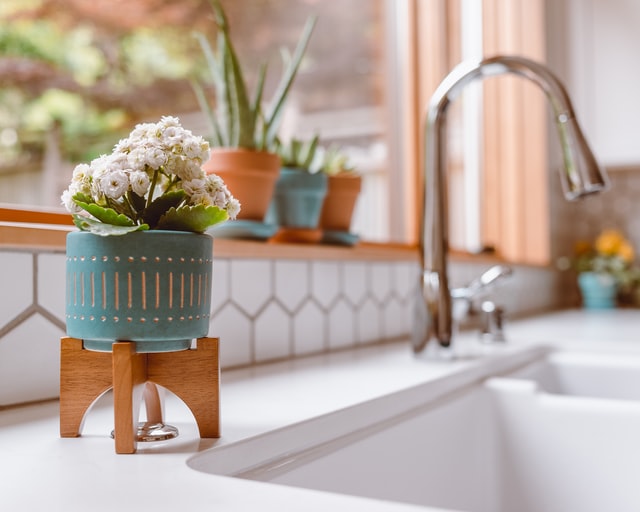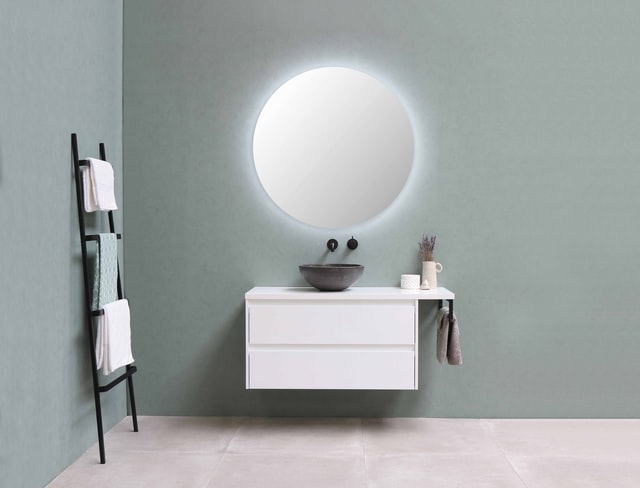How to Remove Stains: A Complete Guide
Stains ruin the look of your carpet and upholstery that you spent a lot of money on. Though you can take preventive measures to protect your sofa, mattress, etc., accidents can still happen. When spills occur, it’s important for you to quickly react and be informed on how to remove stains.
There’s quite a bit of science that you need to be aware of when removing stains. It’s not just using water and hoping for the best.
Different chemicals react differently to stains. Instead of removing them, with the wrong chemical, you may just make the stain permanent. Or worse, you may just destroy your carpet and upholstery beyond repair.
Water-based vs. oil-based stains
There are two types of stain that you should be aware of: water-based and oil-based. Water-based stains, like coffee and tea, are acidic. They require an acid mixture to remove them. On the other hand, oil-based stains are removable with non-water based or “dry” chemicals.
Natural fibres absorb water-based stains unless a water-repellent finish was applied recently. Meanwhile, polyester and acrylic fibres will repel water-based stains, and instead, absorb oil-based stains.
What you'll need when removing stains
- Cotton swab.
- Towel cloth, or absorbent paper.
- Clean, non-porous working surface.
- Bright lighting.
Some general rules to remember
- To apply any treatment, blot the stained area with a small cube of sponge or cotton ball.
- Never rub on the stain as it will push the stain to further bond with the fibres.
- Repeat, repeat, repeat. To remove stains is not a one and done process. It takes time and repetitive actions before you get the desired outcome.
- Stain removal may occur in 4 ways:
- Solvency: Solvent agent that dissolves the stain
- Saponification: Fatty acid in oil-based products react with alkali to form water-soluble soap
- Detergency: Detergent traps or suspends the dirt particles.
- Bleaching: Decolourizes the stain through oxidization
WE REMOVE BACTERIA AND DEEPLY ROOTED DIRT FROM YOUR CARPET & UPHOLSTERY
EXPERIENCE THE DIFFERENCE OF A PROFESSIONAL DEEP CLEANING
WE REMOVE BACTERIA AND DEEPLY ROOTED DIRT FROM YOUR CARPET & UPHOLSTERY
EXPERIENCE THE DIFFERENCE OF A PROFESSIONAL DEEP CLEANING
Coffee, tea, and fruit juice
These liquids contain tannin and other acids. To remove these water-based stains, dilute detergent, or alternately, apply white vinegar. Rinse well with deionized water, blot, and leave to dry.
Wine, beer, and liquors
These liquids contain alcohol, sugars, and tannins. The use of glycerin will lubricate the stain, making it easier for the particles to slip off from the fibres. Rinse out the glycerin, then apply white vinegar or diluted shampoo to remove the acidic portion of the stain.
Egg, ice cream, milk, and vomit
These stains contain proteins. Rinse the dirt with cold water if possible. If not, leave them to dry. Then, remove as much as possible of the dried particles with the back of a knife. Make sure not to use too much force as that will damage the fibres. Enzymes work best in this scenario. For synthetic fibres, use a diluted shampoo followed by diluted ammonia.
Salad dressing, gravy, grease, oil
Dissolve the oil by applying a dry-cleaning agent. Then, remove any residue with mild detergent, followed by diluted detergent and ammonia.
You can also use sodium carbonate and warm water. The saponification process will occur where the oil turns into soluble soap, making it possible to rinse off.
Ink
Solvents that are most effective in removing ink stains are acetone, ethanol, or dry cleaning agents. Use these solvents separately. Then, apply a mixture of mild detergent, white vinegar, and glycerin.





